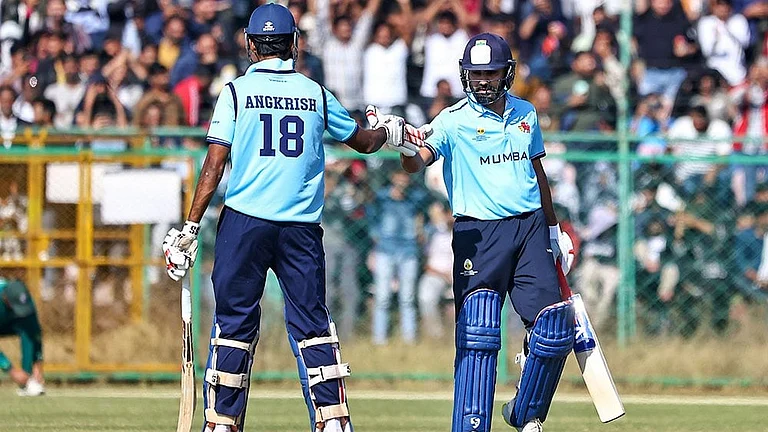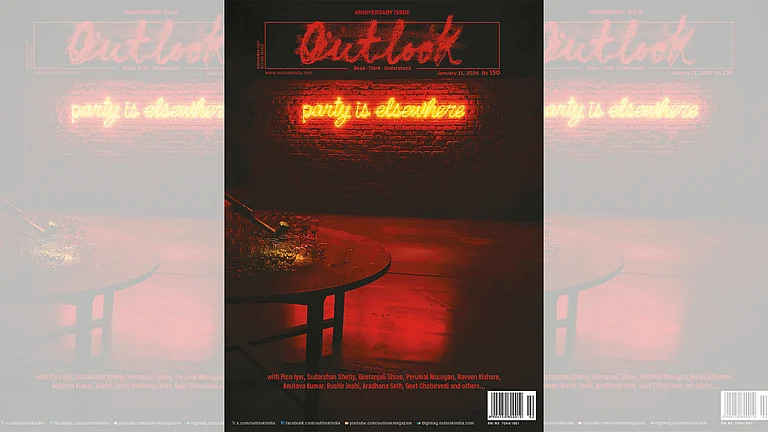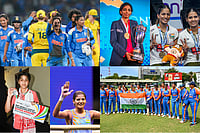Gautam Bhatia is probably better known as an author than the path-breaking architect that he is—a despairing architect. Having written humorously about architecture (Punjabi Baroque), the humour lapses into satire (Malaria Dreams) and, as India began its hideous urban reconstruction, both humour and satire have deepened into despair. His intervening books, particularly his work on Laurie Baker and the intimate autobiography of his profession, A Moment In Architecture, describe what might have been. In Lie, Bhatia has travelled down the linking road between describing people and describing architecture and produced a graphic novel that pictorially depicts post-independence India.
Using miniaturists from Rajasthan to convey in pictures what might have required thousands of words, Bhatia has once again brought together two or more skills to tell his story. Lie probably requires an arts and craft critic as much as a book reviewer to present the book to the public.
The artwork of the two Bhopas—Shankar Lal and Birju Lal—and Ghanshyam (real people) is fascinating. In an earlier era they might have produced mythological figures for the Rajasthani story-teller’s box or stylised royal figures for a ‘babuji ka pad’. Adapting their traditional skills to modern times, their figures unwittingly poke fun at the way the poor see us—the middle-class. Our inscrutable ways, like bathing in a tub, speaking post-Macaulay English, buying nonsensical Ambassador cars to project power, using commodes and relying on chowkidars and godmen are all drawn with serious irreverence. The central characters are netas, naturally, and there can’t be too many to tell one story. So the male neta looks like Laloo with a rural thatch on his head, and the female one like Indira. Other characters flit through, but their persona is Laloo or Indira. There is Laloo in his chaddi ruling his state while being massaged with mustard oil, just as Raj Narain did in the seventies.
Netas step out only after an astrological consultation: “Saturn is on an elliptical orbit ... so flush the toilet only using your left hand.” They attend international conferences to “explore the experimental nuances of post-modernism to search out a conceptual paradigm”, survey flood-hit areas in luxurious aircraft with swimming pools and putting greens, and go to South America to discover how to deal with a famine in Bihar. Netas occasionally get tough to make India progress. They switch off all lights, Ravan effigies are restricted to ten feet only, and they shoot the cricket team for losing to Pakistan. They call upon the people to tighten their belts. So “under article 53A no one can have two meals in a row...a grade 3C license is required to look at TV” and “a marriage gathering of more than three people is an offence under clause 19C”.
As an idea, the graphic novel using traditional painting skills is bold, and Bhatia has made a success of it—from the naivety of the figures and the bright coloured backgrounds to the flatness of miniature painting. The book does read like a nineteenth century bioscope, built and designed in India, to show a Hindi movie with English subtitles. Better than buying an e-book.






















